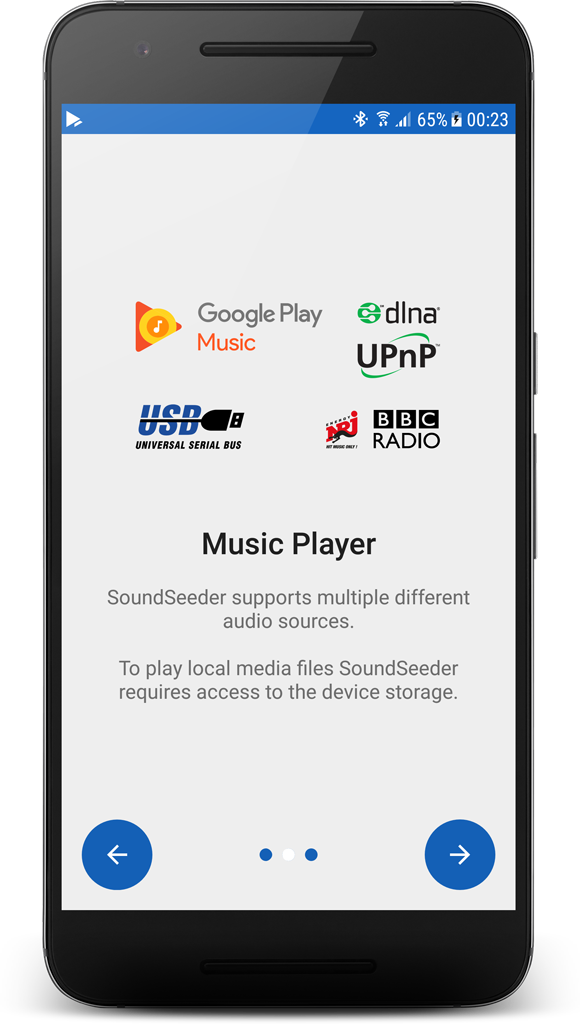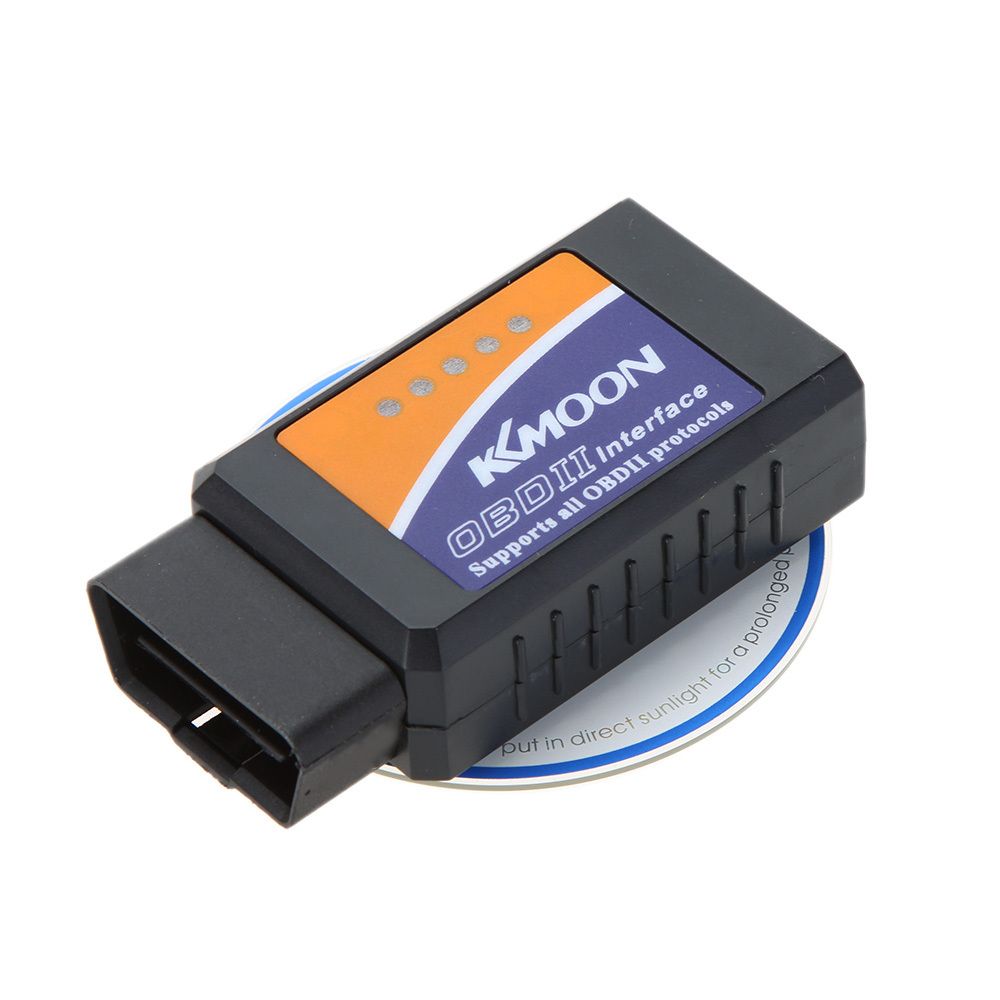Universal Serial Phone Interface V2
The Bus Prate is a great hardware tool for serious electronics practice. It has so many applications ranging from communication between a PC and any embedded. Anyone who is looking for a serial cable solution for their Android smart phone or tablet will want to know about the USB to serial adapter integrated circuit (IC) which is in the USB to RS232 adapter cable. This is because the features of the USB adapter IC really determine the quality of the cable. Update, Saturday July 4th, 2009: All preorders are closed. The Bus Pirate is a universal serial interface tool, we use it to test new chips without writing any code. It currently supports most.
USB, short for Universal Serial Bus, is a standard type of connection for many different kinds of devices.
Generally, USB refers to the types of cables and connectors used to connect these many types of external devices to computers.
Kabhi Jo Baadal Barse - Female.mp3 128 KBPS - 3.9 mb 320 KBPS - 9.6 mb. Shreya Ghoshal. Jackpot (2013): Mp3 Songs. Kabhi Jo Baadal Barse (Female).mp3 download free mp3 song movie Jackpot (2013) Shreya Ghoshal, Direct Download Links Songs.pk Kabhi Jo Baadal Barse (Female). Kabhi Jo Baadal Barse - Female MP3 Song by Shreya Ghoshal from the movie Jackpot. Download Kabhi Jo Baadal Barse - Female song on Gaana.com and listen offline. Jan 15, 2018 - Kabhi Jo Baadal Barse(Female) Hindi Movies Shreya Ghoshal Kabhi Jo Baadal Barse(Female) Free Download. Listen to Kabhi Jo Baadal Barse - Female song now. You can download songs from the latest movies & albums only at Hungama. Kabhi jo badal barse remix.
More About USB
The Universal Serial Bus standard has been extremely successful. USB ports and cables are used to connect hardware such as printers, scanners, keyboards, mice, flash drives, external hard drives, joysticks, cameras, and more to computers of all kinds, including desktops, tablets, laptops, netbooks, etc.
In fact, USB has become so common that you'll find the connection available on nearly any computer-like device such as video game consoles, home audio/visual equipment, and even in many automobiles.
Many portable devices, like smartphones, ebook readers, and small tablets, use USB primarily for charging. USB charging has become so common that it's now easy to find replacement electrical outlets at home improvement stores with USB ports built it, negating the need for a USB power adapter.
USB Versions
There have been three major USB standards, 3.1 being the newest:
- USB 3.1: Called Superspeed+, USB 3.1 compliant devices are able to transfer data at 10 Gbps (10,240 Mbps).
- USB 3.0: Called SuperSpeed USB, USB 3.0 compliant hardware can reach a maximum transmission rate of 5 Gbps (5,120 Mbps).
- USB 2.0: Called High-Speed USB, USB 2.0 compliant devices can reach a maximum transmission rate of 480 Mbps.
- USB 1.1: Called Full Speed USB, USB 1.1 devices can reach a maximum transmission rate of 12 Mbps.
Most USB devices and cables today adhere to USB 2.0, and a growing number to USB 3.0.

The parts of a USB-connected system, including the host (like a computer), the cable, and the device, can all support different USB standards so long as they are physically compatible. However, all parts must support the same standard if you want it to achieve the maximum data rate possible.


Serial Communication Interface
Everything You Need to Know About USB Ports and Cables
USB Connectors
A number of different USB connectors exist, all of which we describe below.
The male connector on the cable or flash drive is typically called the plug. The female connector on the device, computer, or extension cable is typically called the receptacle.
Cisco Serial Interface
- USB Type C: Often referred to simply as USB-C, these plugs and receptacles are rectangular in shape with four rounded corners. Only USB 3.1 Type C plugs and receptacles (and thus cables) exist but adapters for backward compatibility with USB 3.0 and 2.0 connectors are available.
- USB Type A: Officially called USB Standard-A, these plugs and receptacles are rectangular in shape and are the most commonly seen USB connectors. USB 1.1 Type A, USB 2.0 Type A and USB 3.0 Type A plugs and receptacles are physically compatible.
- USB Type B: Officially called USB Standard-B, these plugs and receptacles are square shaped with an extra notch on top, most noticeable on USB 3.0 Type B connectors. USB 1.1 Type B and USB 2.0 Type B plugs are physically compatible with USB 3.0 Type B receptacles but USB 3.0 Type B plugs are not compatible with USB 2.0 Type B or USB 1.1 Type B receptacles.
- A USB Powered-B connector is also specified in the USB 3.0 standard. This receptacle is physically compatible with USB 1.1 and USB 2.0 Standard-B plugs, and of course, USB 3.0 Standard-B and Powered-B plugs as well.
- USB Micro-A: USB 3.0 Micro-A plugs look like two different rectangular plugs fused together, one slightly longer than the other. USB 3.0 Micro-A plugs are only compatible with USB 3.0 Micro-AB receptacles.
- USB 2.0 Micro-A plugs are very small and rectangular in shape, resembling in many ways a shrunken USB Type A plug. USB Micro-A plugs are physically compatible with both USB 2.0 and USB 3.0 Micro-AB receptacles.
- USB Micro-B: USB 3.0 Micro-B plugs look almost identical to USB 3.0 Micro-A plugs in that they appear as two individual, but connected, plugs. USB 3.0 Micro-B plugs are compatible with both USB 3.0 Micro-B receptacles and USB 3.0 Micro-AB receptacles.
- USB 2.0 Micro-B plugs are very small and rectangular but the two corners on one of the long sides are beveled. USB Micro-B plugs are physically compatible with both USB 2.0 Micro-B and Micro-AB receptacles, as well as USB 3.0 Micro-B and Micro-AB receptacles.
- USB Mini-A: The USB 2.0 Mini-A plug is rectangular in shape but one side is more rounded. USB Mini-A plugs are only compatible with USB Mini-AB receptacles. There is no USB 3.0 Mini-A connector.
Digital Serial Interface
- USB Mini-B: The USB 2.0 Mini-B plug is rectangular in shape with a small indention on either side, almost looking like a stretched out piece of bread when looking at it head-on. USB Mini-B plugs are physically compatible with both USB 2.0 Mini-B and Mini-AB receptacles. There is no USB 3.0 Mini-B connector.
Just to be clear, there are no USB Micro-A or USB Mini-A receptacles, only USB Micro-A plugs and USB Mini-A plugs. These 'A' plugs fit in 'AB' receptacles.